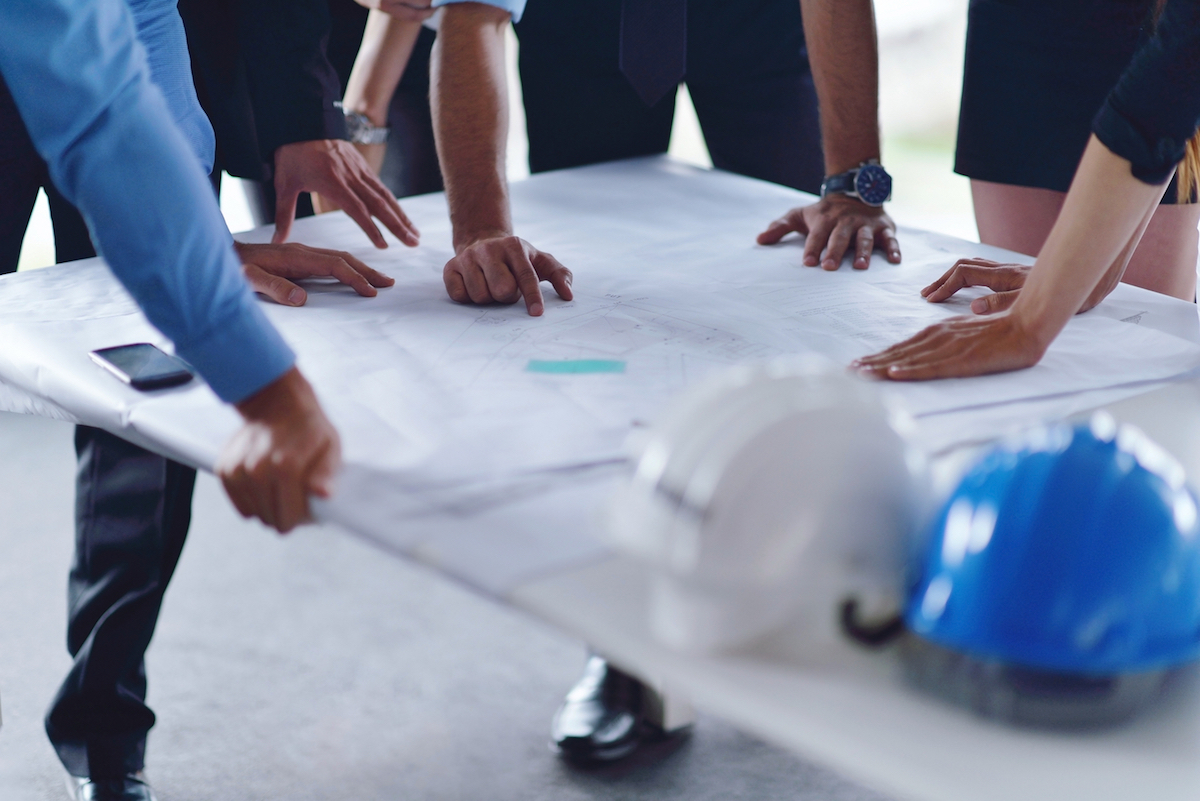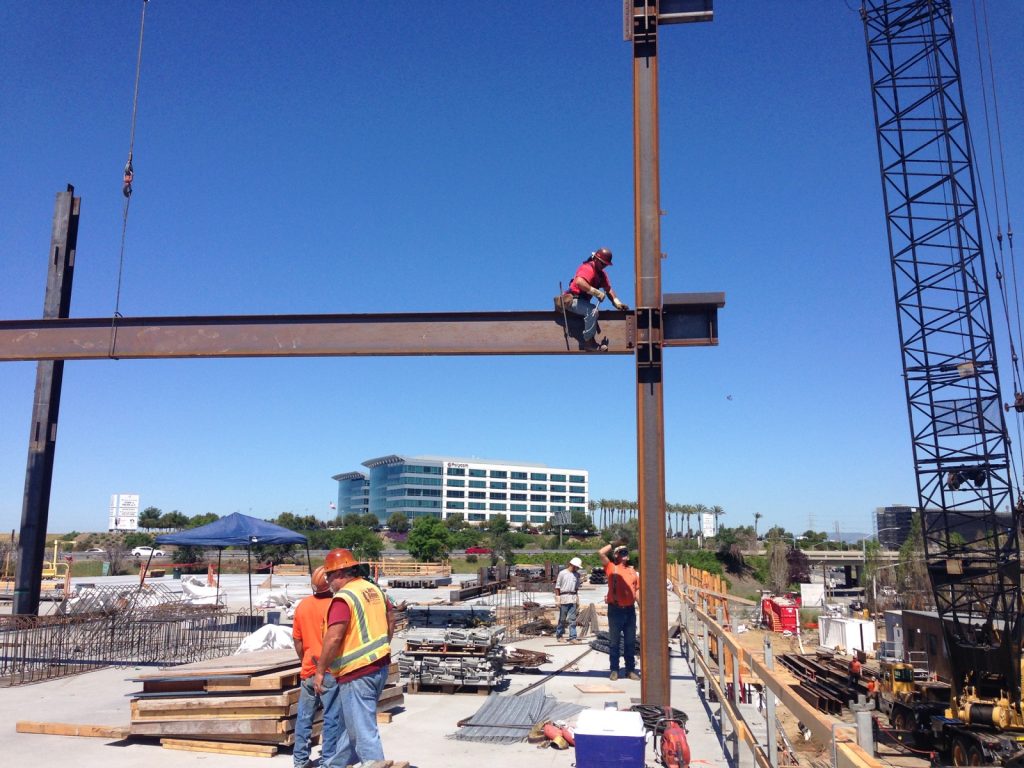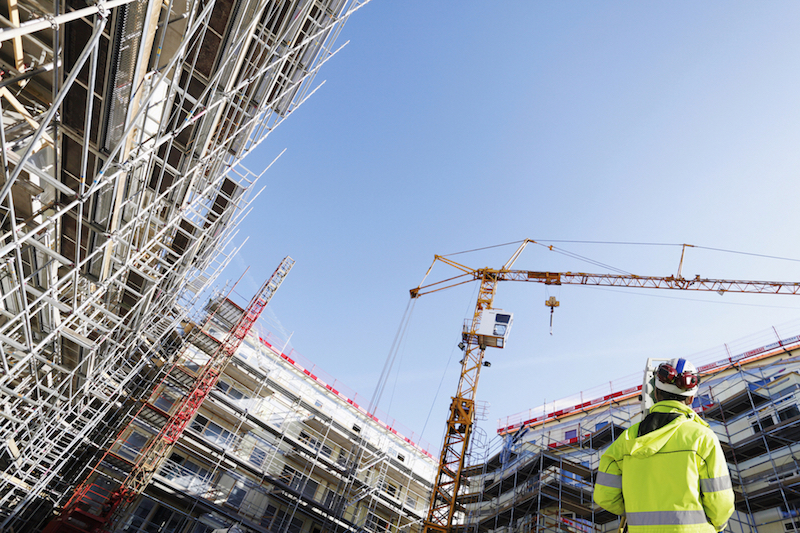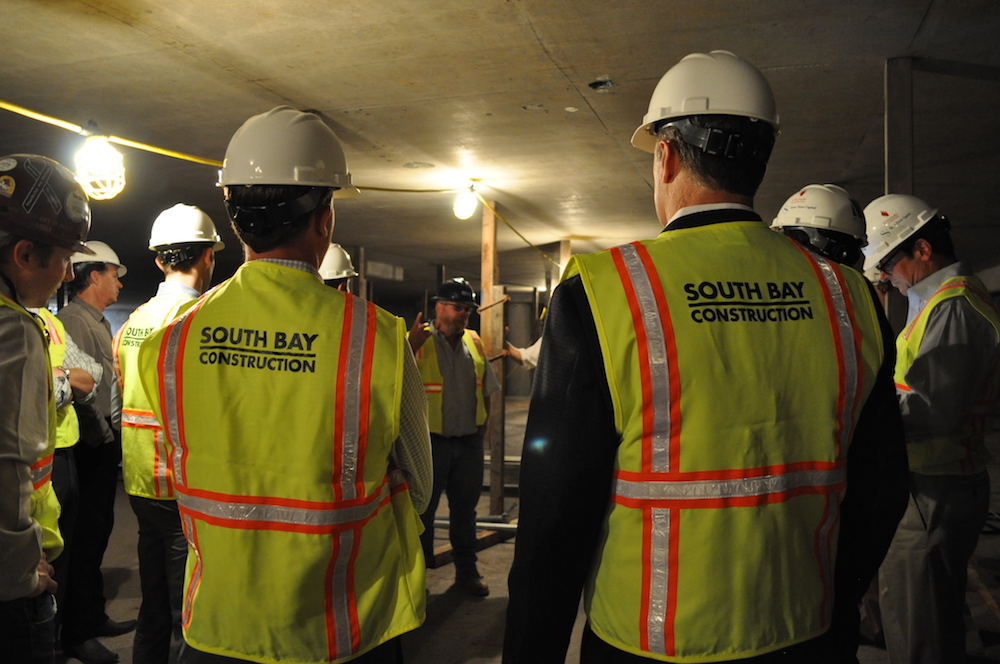
How Architects Save Time and Money during a Project’s Construction Phase
As we all know, allocating a client’s budget during the cost estimation stage of a commercial building project’s design phase is vital to helping stretch their resources. However, this is not the only phase during which architects can help make the most of the budget. Though design professionals may feel more at home when planning a building than when actually constructing it, they can play an integral part in finding ways to maximize the budget during the construction phase as well as during the design phase.
It is important for architects to remain involved throughout a project’s construction phase as it allows them to provide input and offer interpretation on how to adjust design elements to better fit within the budget. This is only possible if there is open communication between the architect and contractor. Here, we will delve a little deeper into some ways that architects can help save time and money prior to and during the construction phase as well as best practices for communication, site visits, and problem-solving.
Ways to Save Money prior to and during the Construction Phase

Development projects have many moving parts that involve a number of different project stakeholders over a long period of time. Without all of these team members working together, projects can easily go over budget, even in the very beginning stages of the build.
One of the key ways that architects can contribute to an affordable and efficient build is by anticipating the construction phase and considering the contractor’s perspective early on during the design phase. By having an awareness of what the contractor will need during the build, the architect can help keep the project within budget. Other proactive things architects can do during the design phase to help reduce construction costs include creating cost-effective building designs and researching affordable building materials. Changes made during the design process are far less costly to implement than those made during construction, so it is vital that architects consider all the ways that they can cut costs prior to groundbreaking.
In addition to taking cost-saving measures during the architectural design phase, architects can help save money during construction by working hand-in-hand with contractors throughout the build. They may be called upon to make important, cost-saving design adjustments that still fulfill their architectural vision and satisfy the client’s unique needs. Open and effective communication is a crucial part of this process. It is essential that all parties are on the same page early on to avoid any confusion or conflict.
Communication and RFIs: Communication Best Practices

Open and clear communication is vital to construction project management and, ultimately, to the success of a building project. By considering the contractor’s perspective, keeping an open mind and actively listening during communication, architects will be able to articulate questions, concerns, and solutions more effectively as well as build better relationships.
The RFI (request for information) is an important communication element of construction project management. The RFI is one of the best ways to keep the communication between architects and contractors organized and reliable.
Here are some simple tips to help architects respond effectively to RFIs:
- Respond with answers—not questions. Do not answer the contractor’s question with more questions. If additional information is needed in order to accurately answer a question, take the time to do the research before responding.
- Answer the question completely. Answer the question thoroughly so that everyone knows what needs to be done. Answering a question completely eliminates ambiguity that might stall the project.
- Make a recommendation. Though there may be many possible solutions, try to provide one clear recommendation. This avoids confusion and keeps everyone on the same page.
Though architects have no control over the quality or articulation of the questions coming from the contractor, providing quality, detailed answers will help speed up the process and get the construction team the information they need.
Observations vs. Inspections: Site Visit Best Practices

It is important for architects to perform jobsite visits during the construction phase. The number and frequency of visits are often dictated by the client. Sometimes, the contract language will be vague when discussing how many site visits are required. When this happens, architects can consider what may be necessary based on the project and make recommendations to the client regarding how many site visits should take place and how often.
The most important best practice for architects to follow during jobsite visits is to observe rather than inspect. Architects observe the progress of the contractor’s work and then communicate this progress to the client. Clients will sometimes use the term “inspect” in contracts. However, this puts too much pressure and liability on the architect and can harm the architect-contractor relationship. If the client suggests that the architect should inspect the build, then it may be necessary to have a discussion with the client to explain the observation role.
Dealing with Problems: Problem Solving Best Practices
The traditional design-bid-build approach to projects, where contractors bid on projects that have already been designed, can put the architect and contractor in an adversarial relationship, hindering the problem-solving process when issues arises.
Architects can use the following best practices to minimize the negative effects of this sometimes challenging relationship and be more productive when solving problems encountered on the worksite:
- Keep the lines of communication open. The importance of open and effective communication cannot be overemphasized. When a problem arises, be sure to listen and communicate openly with contractors to find the best solution.
- Consider the needs of all parties involved. When problems come up on the job site, think beyond just design needs. Consider the needs of the client and how this problem can affect all of the parties involved in bringing the building design to life.
- Keep an open mind. Many people are resistant to making changes once they have created a plan. However, it is important for both the architect and contractor to keep an open mind when considering solutions to problems that arise during construction.
With design being the first step in the building process, it can often be difficult to anticipate problems that may later arise on the construction site. While architects can minimize potential problems by taking a proactive approach, some issues will inevitably arise. In such cases, best practices such as budget-friendly design, open communication, and a collaborative team approach to problem-solving help ensure that the final project is a success.
Download Your FREE Guide Today
Looking for more insider tips on how to best work with general contractors? Check out our FREE downloadable guide, FIELD NOTES: A CONTRACTOR’S GUIDE FOR ARCHITECTS. Inside you’ll find everything you need regarding insider topics, budgetary tips, communication protocols and much more.



